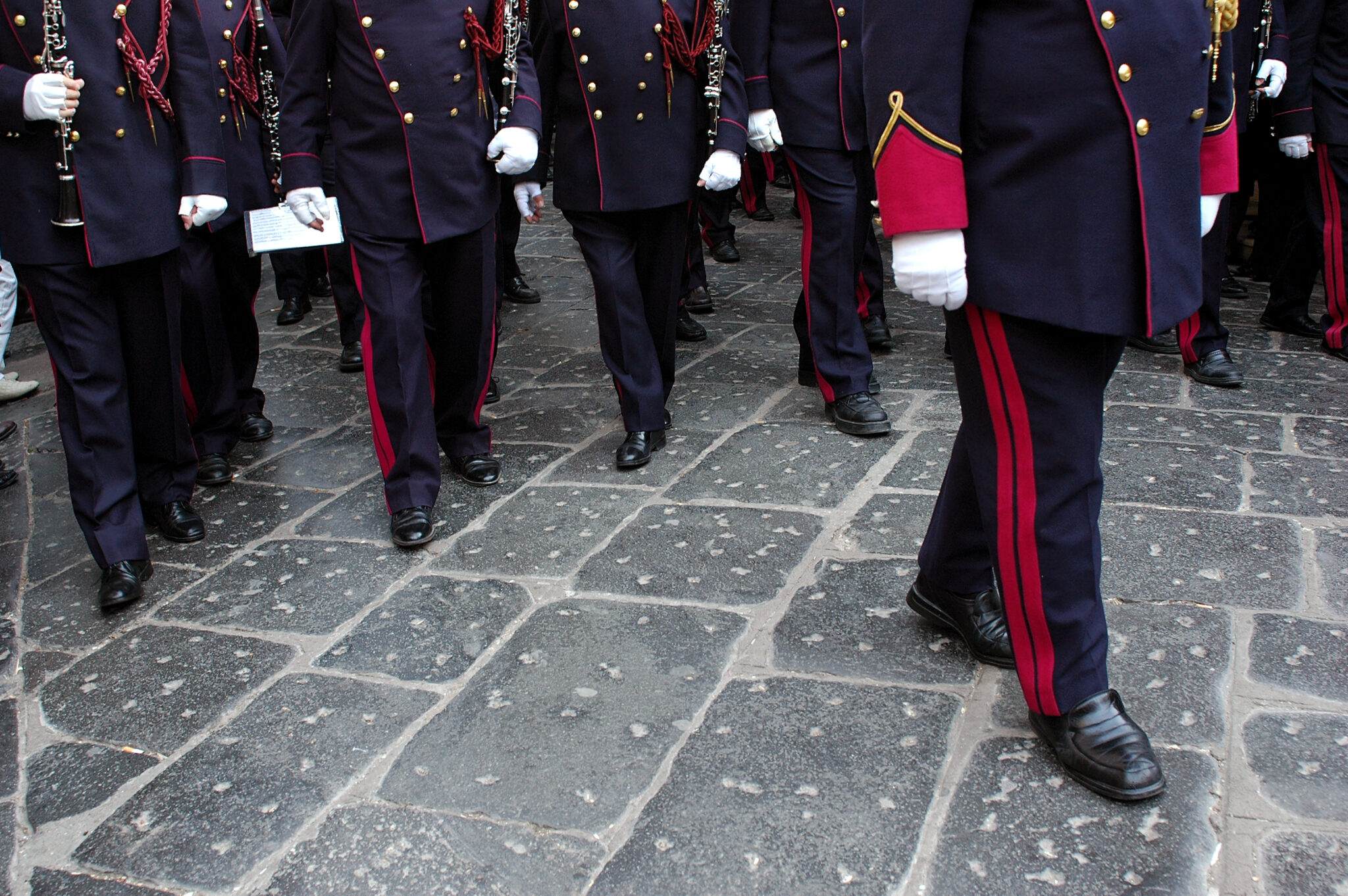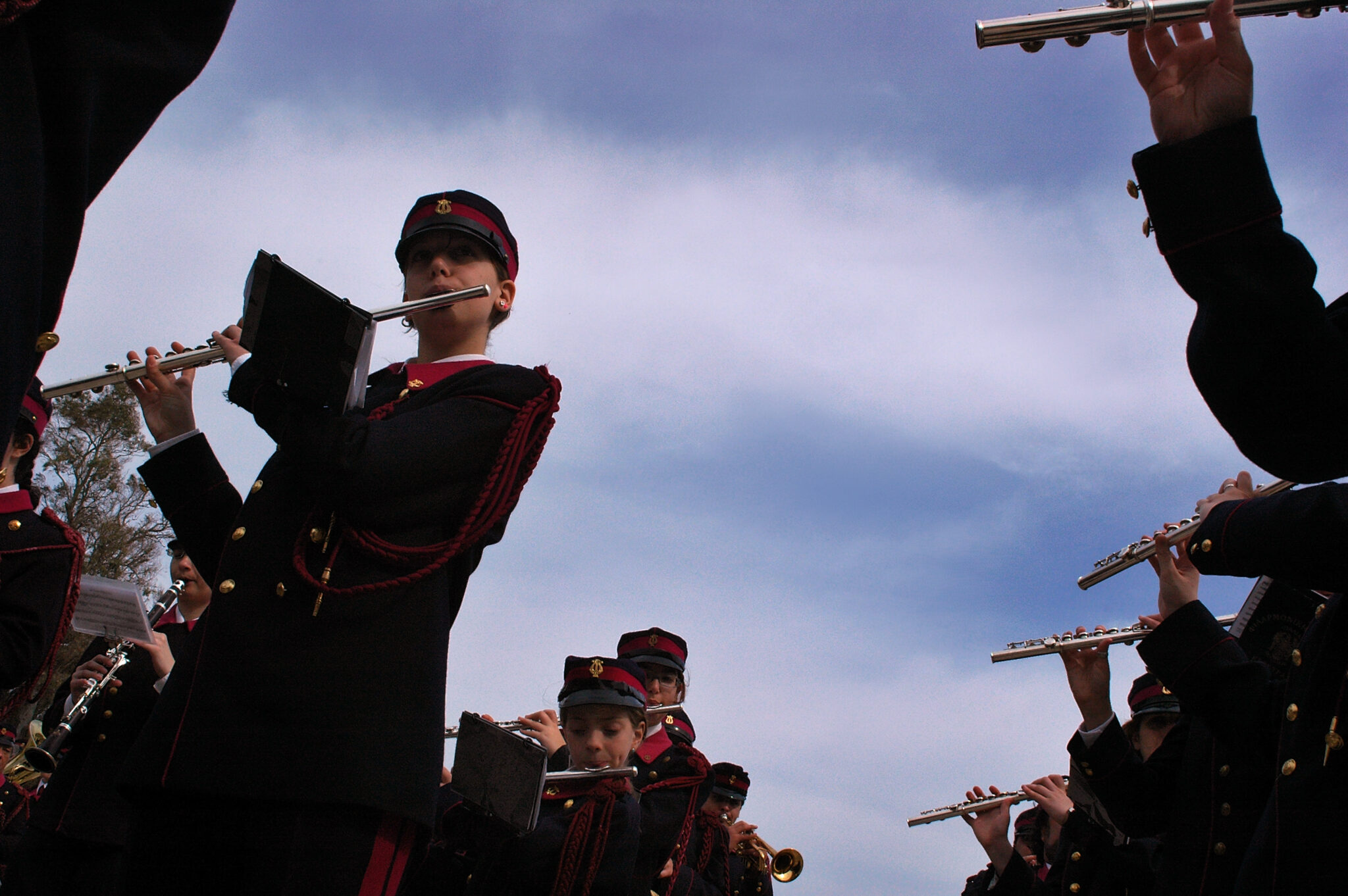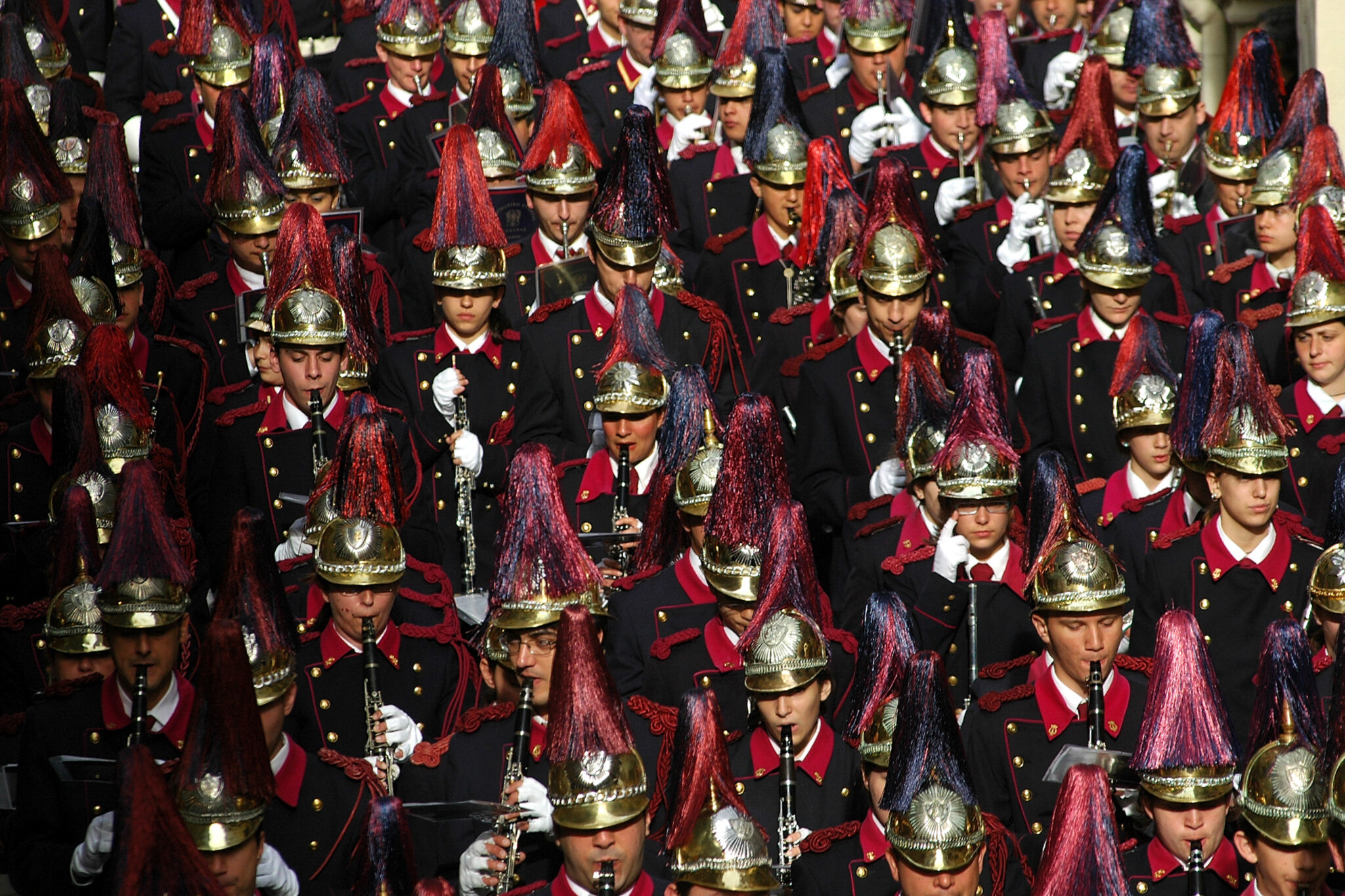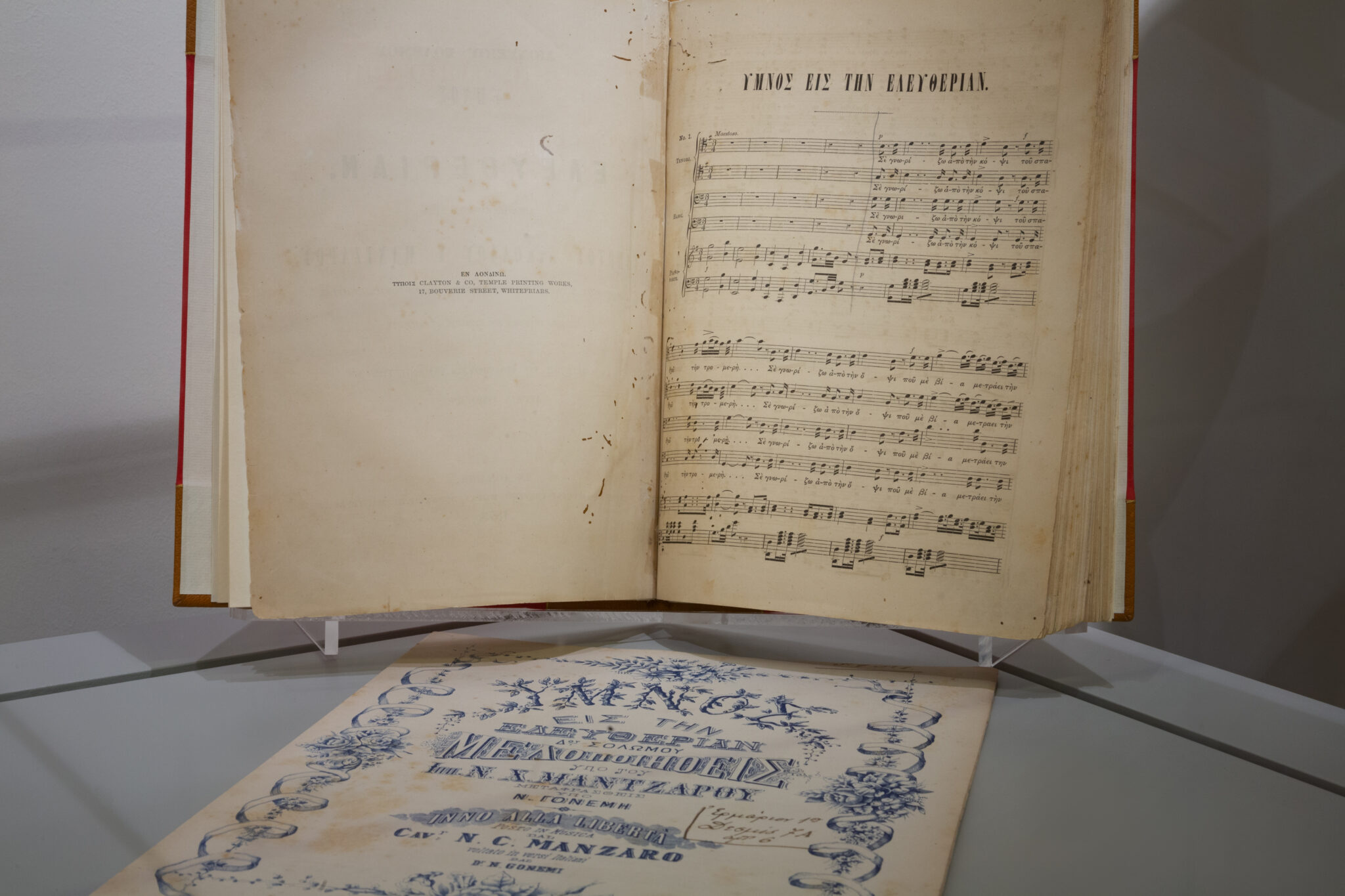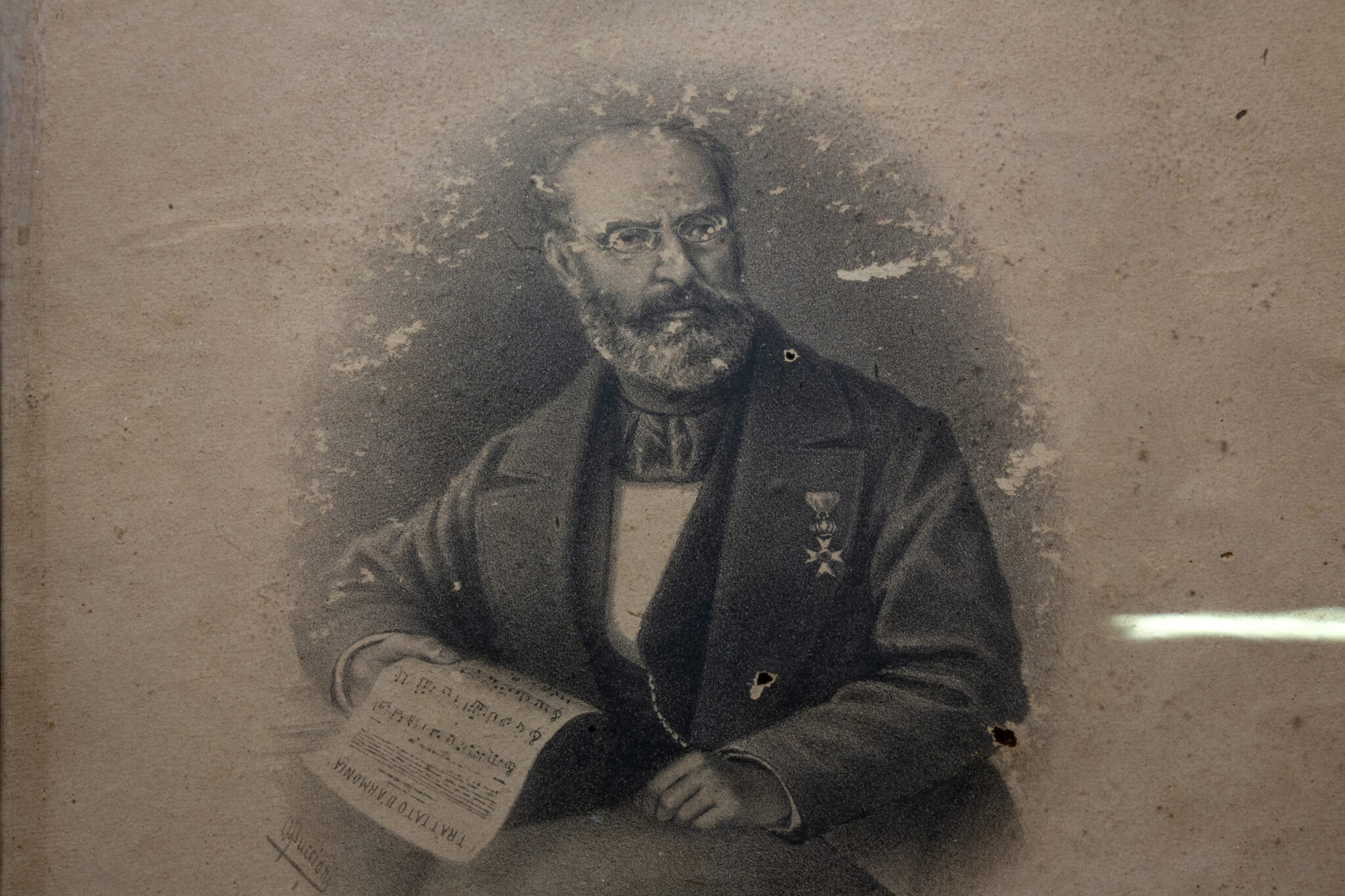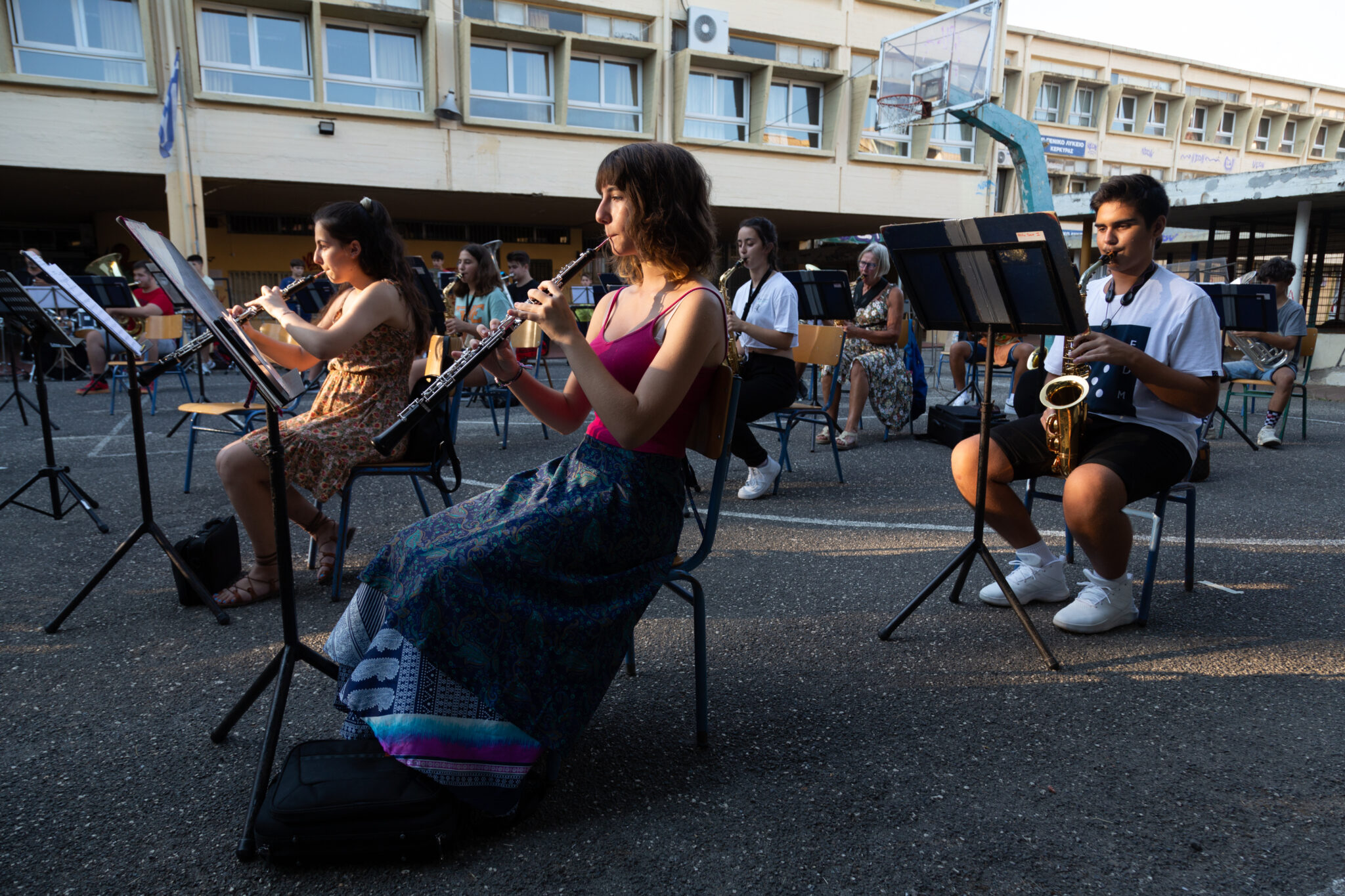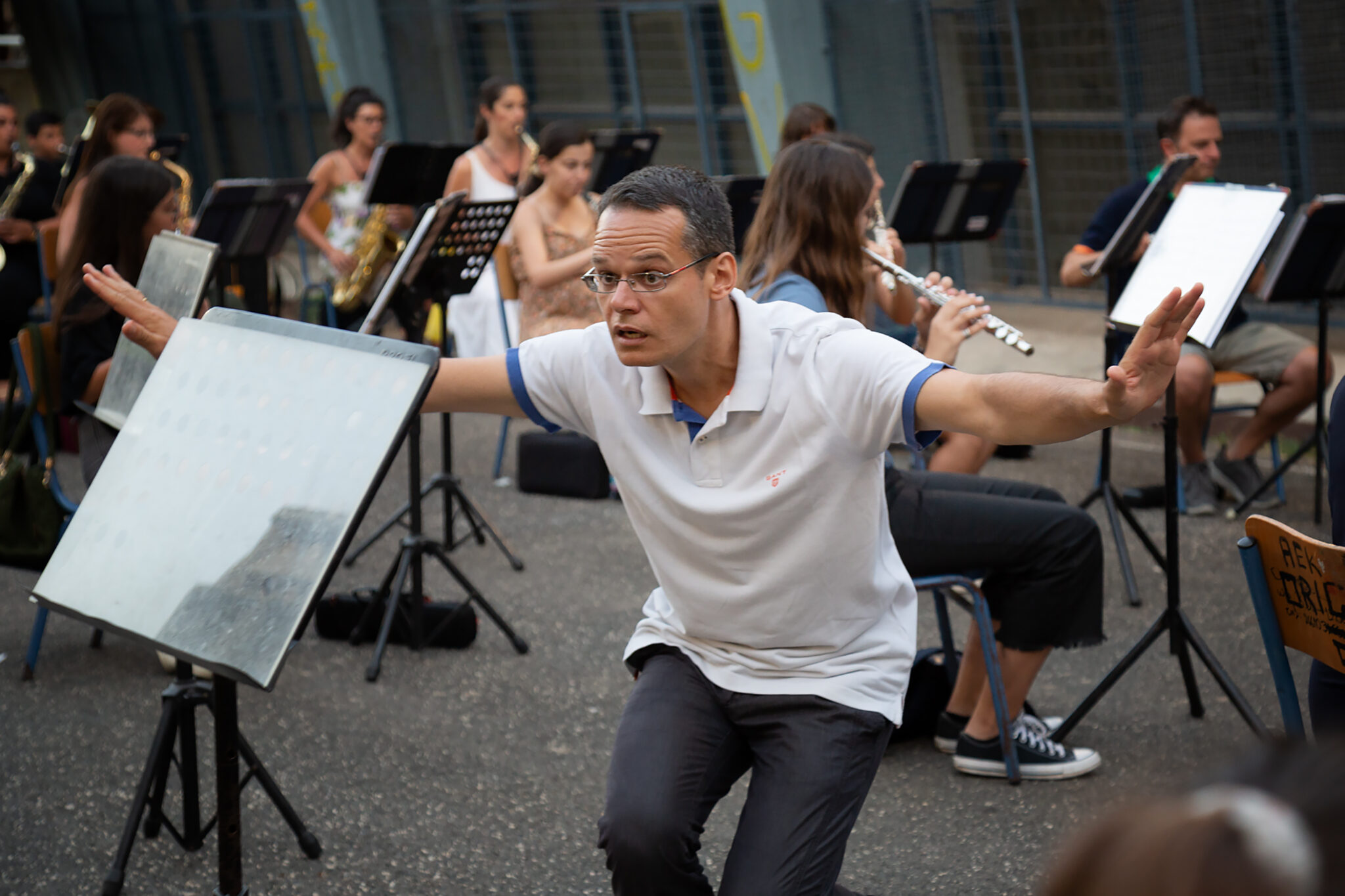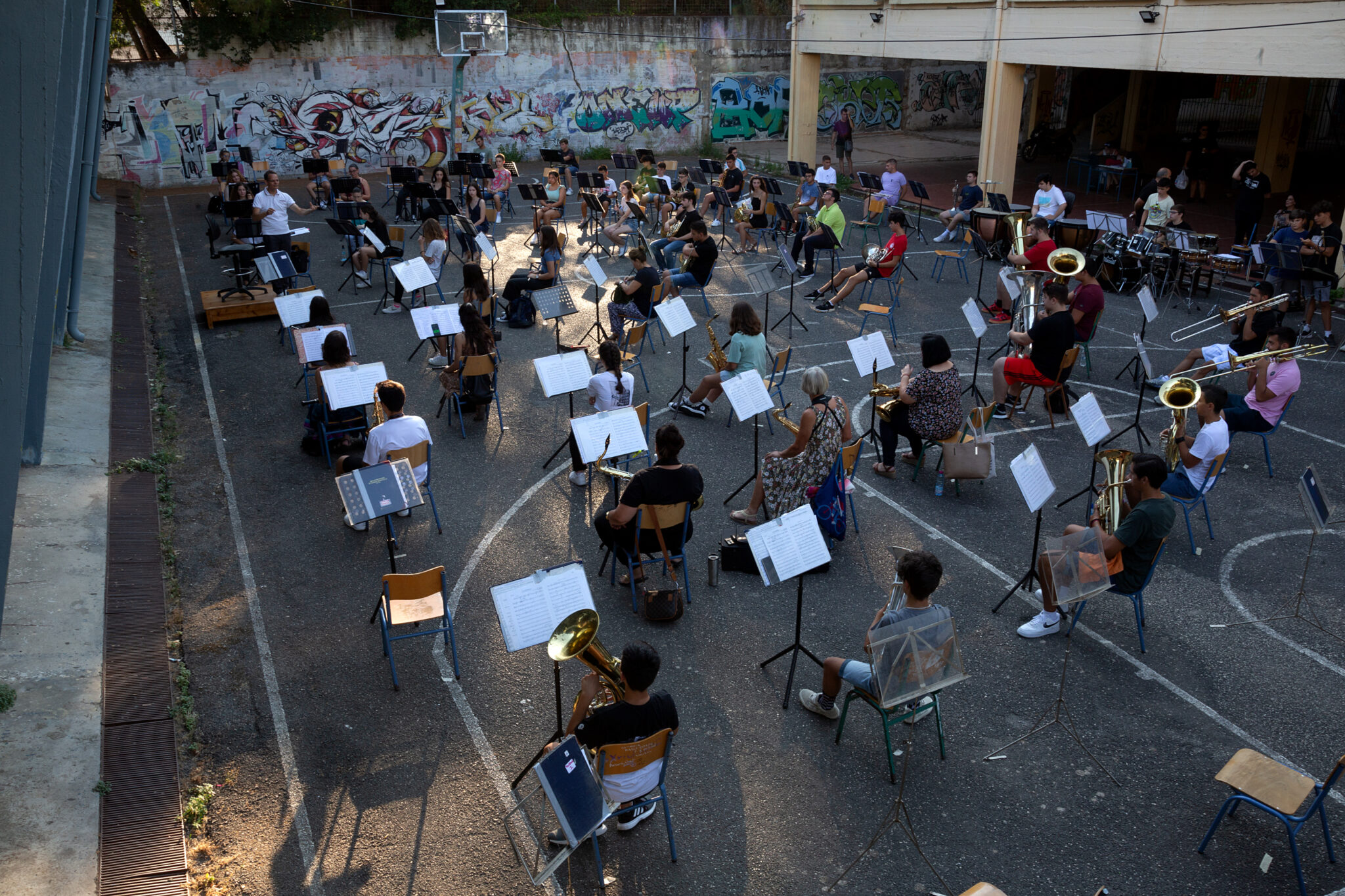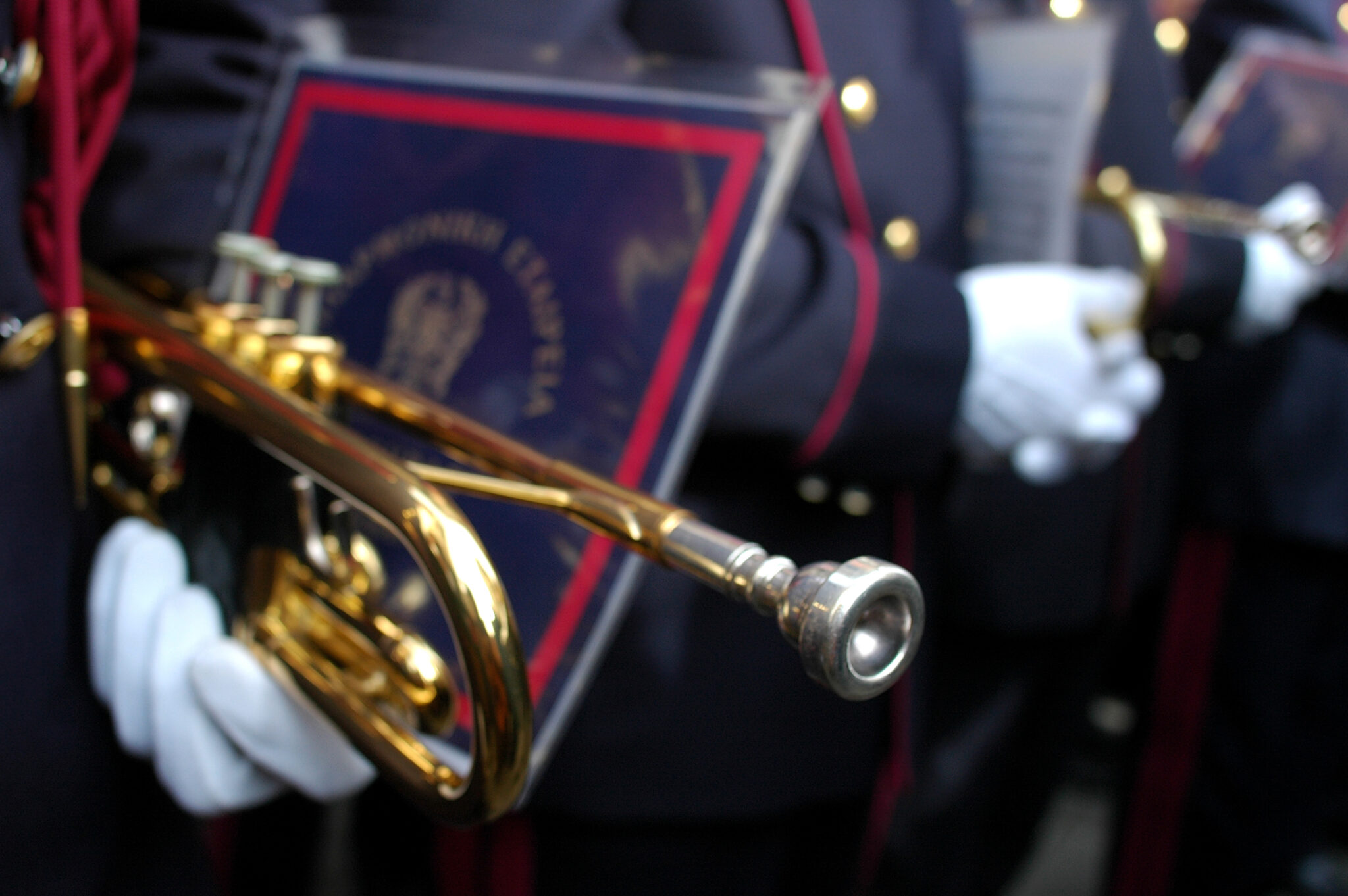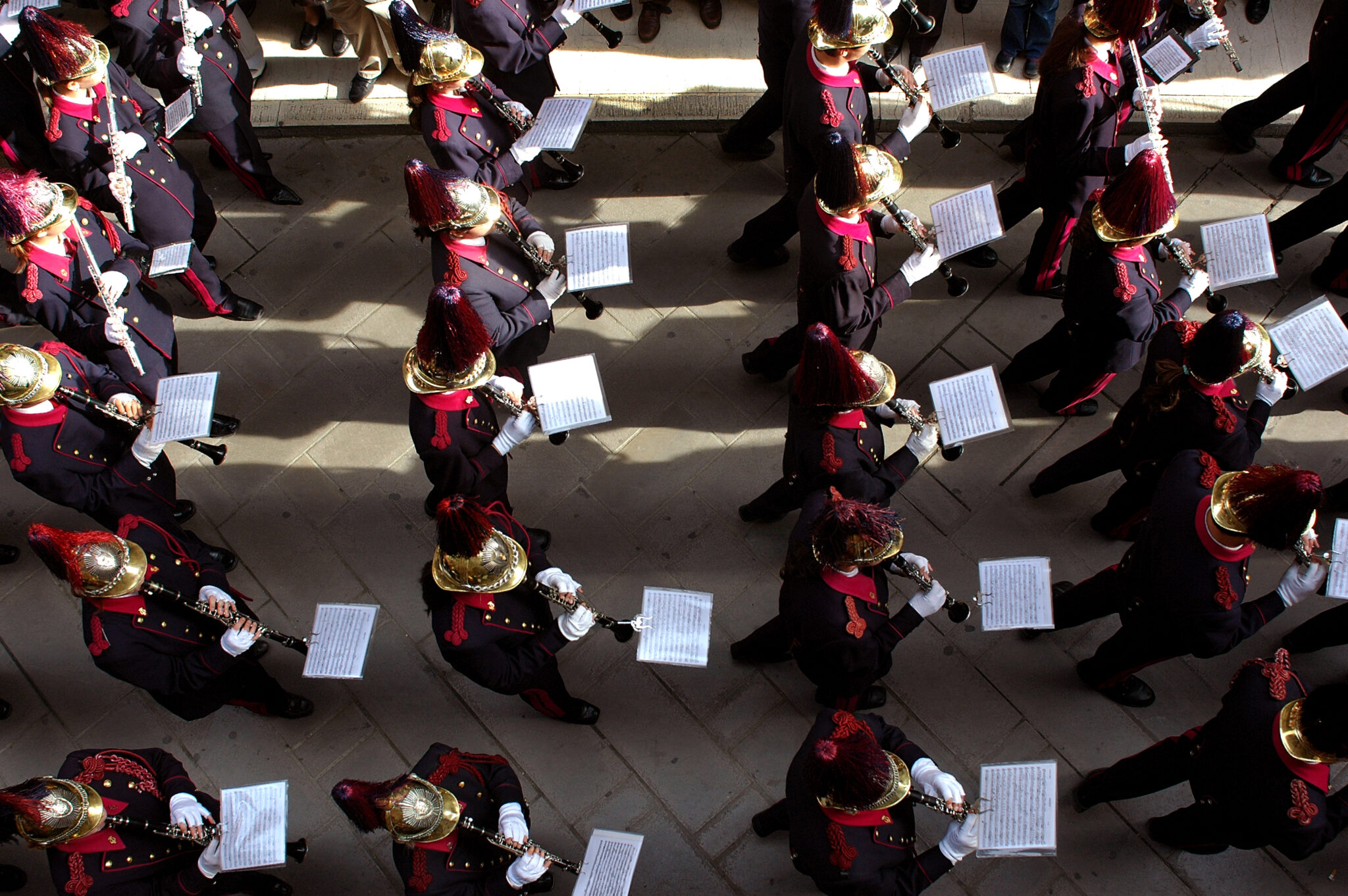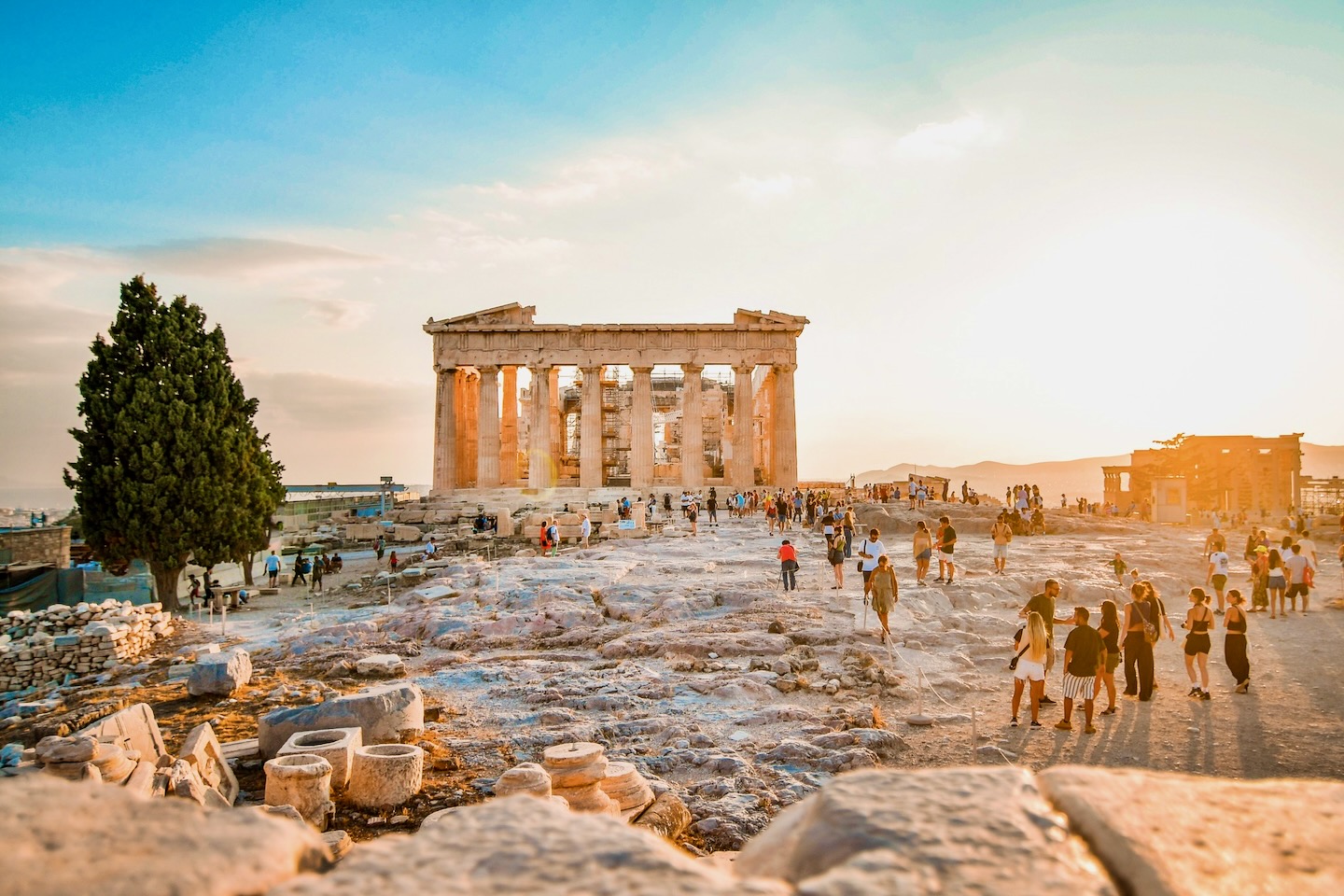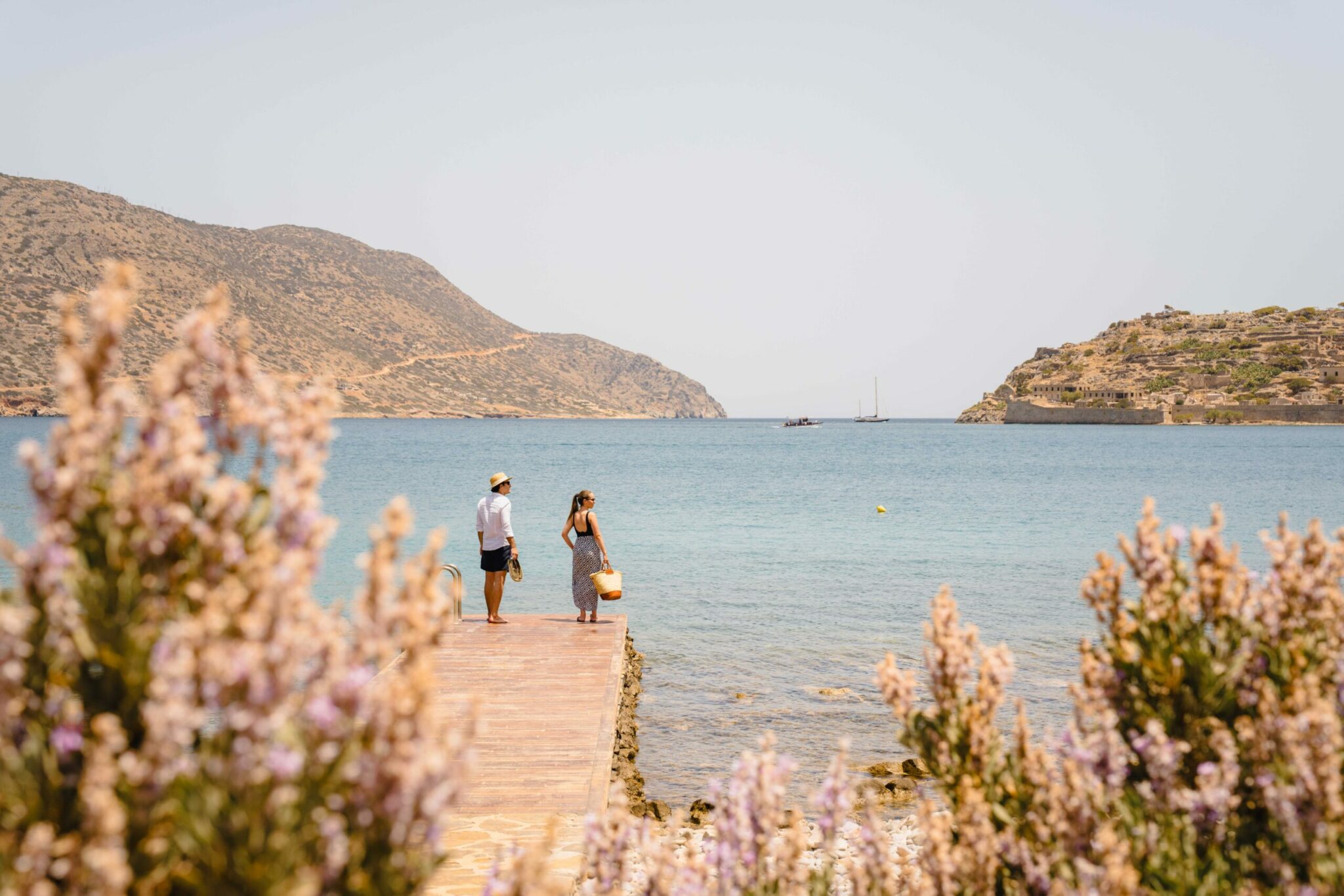I’ll tell you a secret: when the people from Corfu are away from their island and want to feel close to it, they close their eyes. The first thing that comes to mind is not the famous bell tower of the church of Agios Spyridonas, the patron saint of Corfu, nor the taste of ginger beer they grew up drinking, not even the feeling of the first dips in the freezing cold waters of Palaiocastritsa. The first thing that comes to mind is the philharmonic melodies, the notes that have soaked the green “darks” – as we call the shutters on the island – the operas that flood the narrow cobbled streets, the music that overflows from the Liston square during the live concerts in the summer.
There are 17 Philharmonic Societies on the island. The “mother of all” is none other than the “Philharmonic Society of Corfu” also known as the “Old Philharmonic” as it is the first one to be founded, on September 12, 1840, and it is also the first music academy to Greece. The Philharmonic Society of Corfu consists of the brass and percussion band and of the symphonic orchestra.
The refusal of the British – Corfu was under British occupation until May 21, 1864, when it became part of Greece – in August 1837 to allow the participation of a honorary military contingent and band in the island’s religious ceremonies lead to the foundation of the Philharmonic Society of Corfu.
One of the artistic heads of the “Old Philharmonic” who stands out is Nikolaos Halikiopoulos Mantzaros. He is the composer who set Dionysios Solomos’ “Hymn to Liberty”, whose first stanza is the Greek national anthem, to music, and was the “Old Philharmonic’s” first artistic director. The band was the first to perform the national anthem in 1864, and was the only non-military band to participate in the closing and award ceremonies of the Olympic Games, where the Olympic Hymn and the National Anthem were played. After all, the honorary, since 1889, artistic director, Spyros Samaras, had been commissioned to compose the Olympic Hymn that was going to be performed at the modern-day revival of the Olympic Games in Athens. The composer and conductor Iosif Kaisaris, who ended up orchestrating Samaras’ “Olympic Hymn” was a graduate of the Old Philharmonic. Iosif Kaisaris’ manuscript of the orchestration is on display at the Music Museum of the Old Corfu Philharmonic Society.
The Old Philharmonic has become an essential element of the one-of-a-kind Corfu Easter. On the eve of Good Friday all Corfiots wait to listen to Tomaso Albinoni’s (Venice 1671-1751) ‘Adagio’ performed by the Old Philharmonic in Dimitris Kafiris’ rendition and instrumentation, during the Epitaph procession around the town’s narrow cobbled streets. The next morning, that is on Easter Saturday, the tradition is for the procession of Agios Spyridonas’ Epitaph to take place, and for the Old Philharmonic to play ‘Amleto’, a passage from the opera composed by Italian Franco Faccio.
The importance of these two moments both for the musicians and for the Corfiot society is shown from the number of musicians participating in the processions performing the two masterpieces. The Old Philharmonic’s manpower on Good Friday and Easter Saturday can amount to over 300 musicians. Musicians who started their careers in the Old Philharmonic and now live away from Corfu, be it in Athens or elsewhere in Greece or the world, return to the island during Easter and are incorporated in the band to participate in the Epitaph processions. The world-famous 31-year-old clarinet soloist and conductor, Dionysis Grammenos, who has performed at Carnegie Hall in New York, at the Berliner Philharmoniker, at the Amsterdam Concergebouw, at the Barbican Centre in London, at the Vienna Konzerthaus and the Cité de la musique in Paris has said: “Even though I haven’t played with Old Philharmonic during the Easter processions in a while, I remember the last time, a few years ago, when we walked in sync and were all playing the same music and I felt like I was in a time machine and I’d become a child again. The Philharmonic teaches the magic of synergy.”
Elsa Karydi who plays and teaches the saxophone at the band of the Old Philharmonic and is in charge of the museum, remembers with great emotion the year the residents of the Agios Antonios neighbourhood in Corfu, petitioned with a very tender request: “Since the procession of the Epitaph of the cathedral lasts over two hours in total, it’s natural to have short music pauses so that the musicians can rest, as it’s impossible to play a brass instrument non-stop for so many hours. One of these pauses every year happened to take place when the band was passing through Agios Antonios, and the residents there always create a devout atmosphere, switching off all the lights, and so, they made a petition asking us to play the Adagio when we pass through there, as it’s something they look forward to every year. How can one refuse such a request? It’s very touching.”
Many years ago, when the Old Philharmonic, in an effort to renew their Good Friday repertoire, “dared” play in a few places on the way Kafiris’ ‘Ponos tis Manas’ (Mother’s Grief) instead of the ‘Adagio’, the Corfiots who were assembled in Mouragia and also near the church of Agios Vasilios were disturbed since they had been looking forward all year to hearing Adagio. When, the next day, the Old Philharmonic played ‘Adagio’ per usual when they passed Liston, a mini scandal broke that was all everyone talked about for the next 2-3 days, until the current affairs caused it to be forgotten. This anecdotal, but true, story is indicative of the Corfiot mentality and shows that Corfu is a small Gaul village when it comes to musical tradition and philharmonic bands.
From all of the above, you understand that you must pay a visit to the Music Museum of the Old Philharmonic Society of Corfu, that is housed in the building of the Old Philharmonic, on Nikiforos Theotokis street, at number 10, within reach of the famous Liston. There are plenty important exhibits on display there, not just concerning the band’s operation, but also about the musical history of the island and Greece in general. Nikolaos Halikiopoulos Mantzaros’ piano, the first edition of “Hymn to Liberty”, and the sheet music of the song that the youths of Corfu sang during the Italian occupation, as the first act of resistance are some of the more unique exhibits.
What I feel about the Old Philharmonic is summarised by the concise thoughts of Spyros Prosoparis, the schools’ director and bandmaster, highlighting the dedication of the band members who participate pro bono in the band: “We practice 2-3 times a week. Even during the summer there are tourism professionals who close their shops early to come play with the band. But what’s the most magical of all is the union of generations: we have a grandfather, his daughter and grandson playing in the band. For me, the most important thing is not music as Art and as training, but as a way for everyone who participates in the band to learn to act as a team and function as a community, something extremely important in our times where isolation is so dominant. In the philharmonic I see relationships form, couples having families. Apart from those families, we also have the larger family of the band which includes our musicians, wherever they are inside or outside Greece, the parents of the children who go here, the families of the musicians who work here, its friends and supporters. The applause and support from the friends of the philharmonic is received with great feeling from us. The Old Philharmonic is a huge family with countless members. This family feeling is what keeps the Philharmonic alive through the centuries.”



